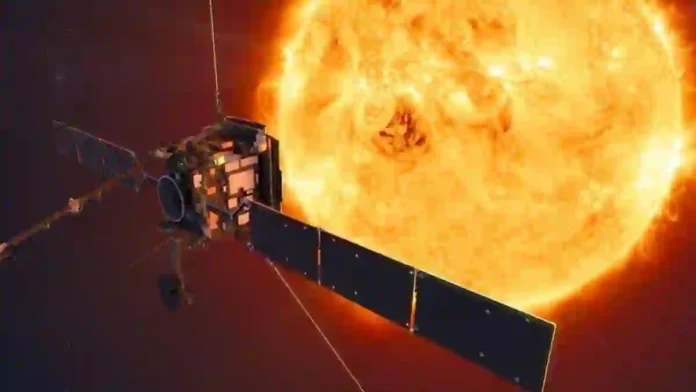“India creates yet another landmark. India’s first solar observatory Aditya-L1 reaches it destination. It is a testament to the relentless dedication of our scientists in realising among the most complex and intricate space missions. I join the nation in applauding this extraordinary feat. We will continue to pursue new frontiers of science for the benefit of humanity.” – Narendra Modi
Aditya-L1, the inaugural mission by the Indian Space Research Organisation (ISRO) aimed at solar study, reached its designated orbit on Saturday (Jan 6), concluding its ambitious journey that commenced over four months ago from ISRO’s Sriharikota launchpad.
This nearly 1,500 kg satellite, developed at a cost of $50 million will serve as India’s primary space-based observatory dedicated to studying the sun from a distance of approximately 1.5 million kilometres away from Earth.
Positioned in a halo orbit encircling Lagrange point 1 (L1) at approximately 4 pm, the chosen final insertion point offers a strategic advantage. This orbit remains unaffected by eclipses, allowing uninterrupted observation of the Sun.
Read- WORLD WANTS COUNTRY LIKE INDIA TO BALANCE OUT ESTABLISHED POWERS: S JAISHANKAR
Investigate the dynamics of the solar upper atmosphere, specifically the chromosphere and corona.
Explore the heating processes in the chromosphere and corona, examine the physics of partially ionised plasma, understand the initiation of coronal mass ejections, and study solar flares.
Observe the in-situ particle and plasma environment, providing valuable data for analysing particle dynamics originating from the sun.
Examine the physics of solar corona and its heating mechanisms.
Perform diagnostics on the plasma of coronal loops, including temperature, velocity, and density measurements.
Investigate the development, dynamics, and origin of Coronal Mass Ejections (CME).
Identify the sequence of processes occurring at various layers (chromosphere, base, and extended corona) leading to solar eruptive events.
Study the magnetic field topology and obtain measurements of the magnetic field in the solar corona.
Explore the origin, composition, and dynamics of solar wind, aiming to understand the drivers for space weather.
(With inputs from agencies)




